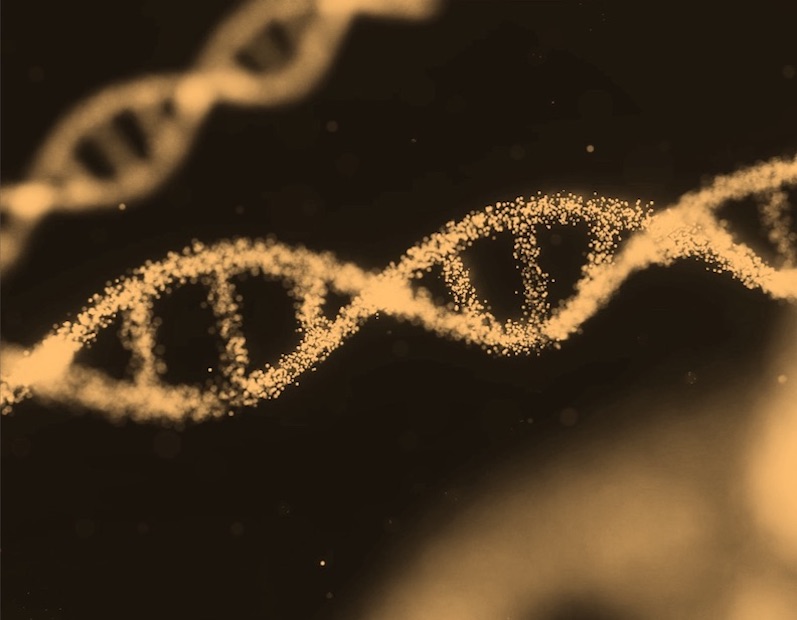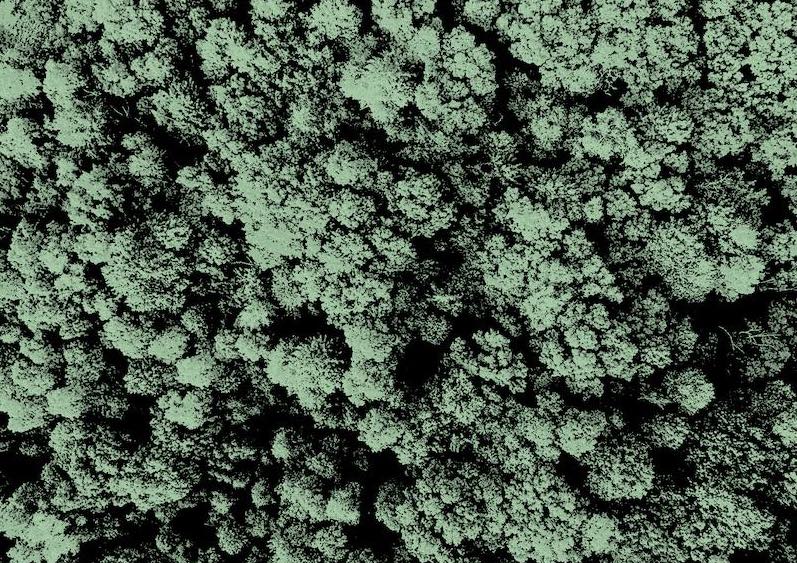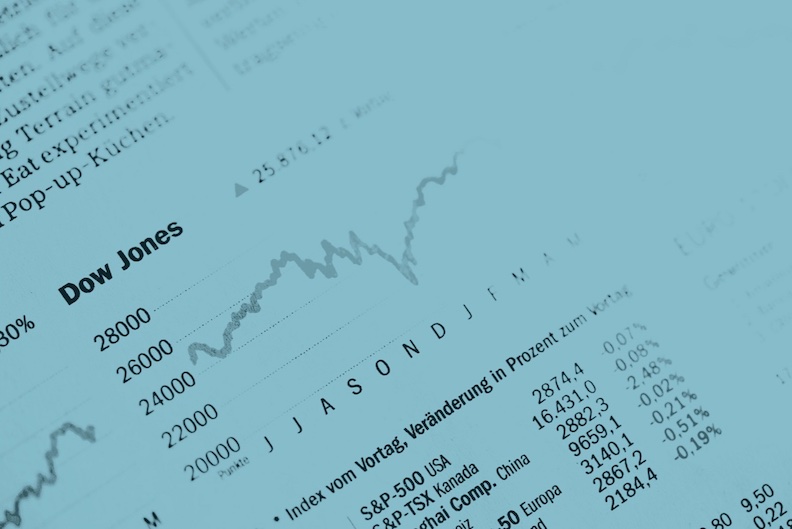What is it about?
By resolving spatiotemporal variations in sea surface partial pressure of CO2 (pCO2) based on multiple-year underway measurements, we quantified basin-scale air–sea CO2 exchange flux on the China side of the South Yellow Sea between 2005 and 2011, and compared it with the result obtained between 2011 and 2018.
Featured Image
Why is it important?
Over the three subregions under study, the area-weighted average of the CO2 influx rate was estimated to be 1.1 ± 1.5 mol m−2 yr−1 during 2005–2011, which is only half the annual CO2 influx rate over the adjacent East China Sea shelf but not remarkably different from the rate (0.4 ± 2.1 mol m−2 yr−1) estimated for almost the same sea area during 2011–2018. Over central and western parts of the South Yellow Sea, subregion-specific fitting curves of monthly variations in air–sea CO2 flux during 2005–2011 were consistent with those monthly variations during 2011–2018. However, over the southern part of the South Yellow Sea near the Changjiang Estuary, the fitting curve of monthly variations in air–sea CO2 fluxes during 2005–2011 located systematically on one side of the monthly variation estimated for 2011–2018, indicating that annual CO2 uptake had weakened in this subregion. Both cases were different from some other ocean margin areas characterized by enhanced CO2 uptake following rise in atmospheric CO2. To study the potential shift in terms of shelf CO2 sources and sinks over multiple decades and under environmental changes, further field observations and data-based research are needed on several large continental shelves.
Perspectives
• Multiple-year underway pCO2 data have been dug out over the South Yellow Sea. • Annual CO2 influx rate shows no remarkable difference between the 2000 s and 2010 s. • Undetected CO2-degassing event challenges the interpretation of ship-based observation.
Dr Wei-Dong Zhai
Southern Marine Science and Engineering Guangdong Province Laboratory (Zhuhai)
Read the Original
This page is a summary of: Surface CO2 partial pressure and air–sea CO2 flux on the China side of the South Yellow Sea based on multiple-year underway measurements during 2005–2011 and comparison with results for 2011–2018, Progress In Oceanography, June 2025, Elsevier,
DOI: 10.1016/j.pocean.2025.103466.
You can read the full text:
Contributors
The following have contributed to this page







